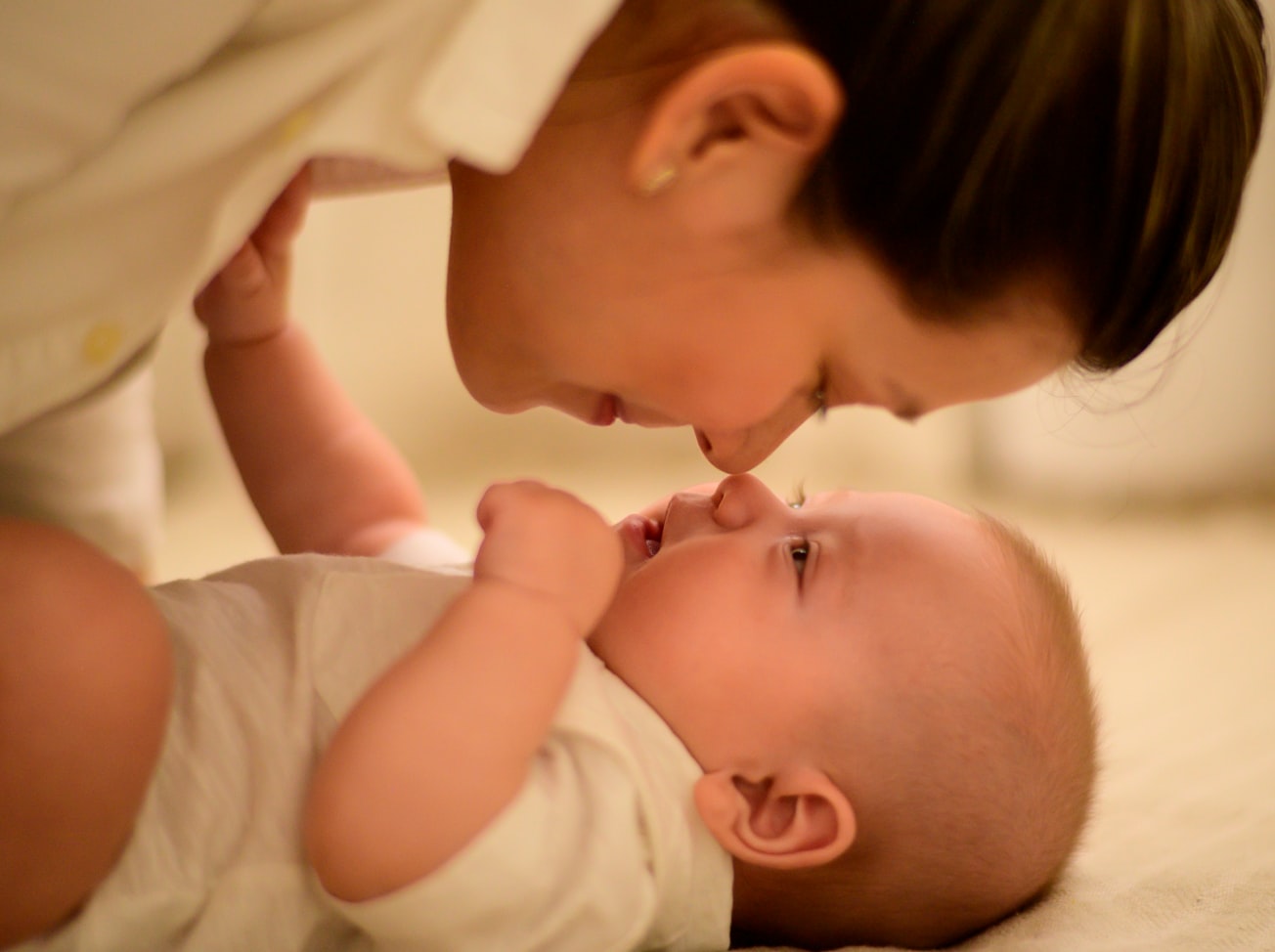What is it about?
Singing to infants, which occurs across all cultures, provides a readymade means for supporting social development and interaction. Using eye-tracking technology to track infants' moment-by-moment eye-looking, this study reveals that the rhythm of caregivers’ singing causes infant eye-looking to become synchronized or entrained to the caregivers’ social cues at sub-second timescales. As early as 2 months of age, when infants are first engaging with others in an interactive manner, infants were two times more likely to look to the singers’ eyes time-locked to the musical beat than would be expected by chance. By 6 months of age, when infants are highly experienced in face-to-face musical games and are developing increasingly sophisticated rhythmic and communicative behaviors like babbling, they were more than four times as likely to look to the singers’ eyes synchronized to the musical beats. Singers also synchronize their own behaviors to the beat, providing more positive and engaging facial expression on the beat than between beats. Importantly, the predictable rhythm of singing is essential for entrained social interaction between singer and infant. When the singing was experimentally manipulated so that it no longer had a predictable rhythm, entrainment was disrupted and infants no longer as successfully synchronized their eye-looking to the caregivers’ social cues.
Featured Image

Photo by Ana Tablas on Unsplash
Why is it important?
Looking at the eyes of others is a fundamental and early emerging form of social interaction. This study reveals that the rhythm of infant-directed singing entrains interpersonal engagement, reflecting physical coupling between caregiver behavior and infant experience. When caregivers sing to their infants, they intuitively structure the rich and meaningful social information they are conveying to support the caregiver-infant bond and infant social learning. Musical experiences, and infants' sensitivity to musical rhythms, are core aspects of early social interactions.
Read the Original
This page is a summary of: Music of infant-directed singing entrains infants’ social visual behavior, Proceedings of the National Academy of Sciences, November 2022, Proceedings of the National Academy of Sciences,
DOI: 10.1073/pnas.2116967119.
You can read the full text:
Contributors
The following have contributed to this page










